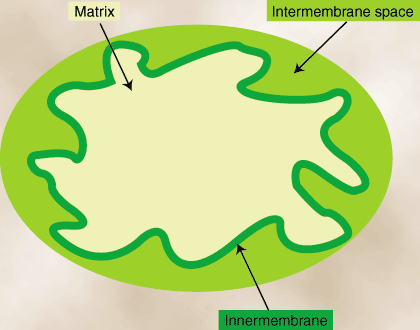Please wait while we process your payment
If you don't see it, please check your spam folder. Sometimes it can end up there.
If you don't see it, please check your spam folder. Sometimes it can end up there.
Please wait while we process your payment

By signing up you agree to our terms and privacy policy.
Don’t have an account? Subscribe now
Create Your Account
Sign up for your FREE 7-day trial
By signing up you agree to our terms and privacy policy.
Already have an account? Log in
Your Email
Choose Your Plan
Individual
Group Discount
Save over 50% with a SparkNotes PLUS Annual Plan!
 payment page
payment page
Purchasing SparkNotes PLUS for a group?
Get Annual Plans at a discount when you buy 2 or more!
Price
$29.99 $22.49 /subscription + tax
Subtotal $44.98 + tax
Save 25% on 2-49 accounts
Save 30% on 50-99 accounts
Want 100 or more? Contact us for a customized plan.
 payment page
payment page
Your Plan
Payment Details
Payment Summary
SparkNotes Plus
You'll be billed after your free trial ends.
7-Day Free Trial
Not Applicable
Renews October 22, 2025 October 15, 2025
Discounts (applied to next billing)
DUE NOW
US $0.00
SNPLUSROCKS20 | 20% Discount
This is not a valid promo code.
Discount Code (one code per order)
SparkNotes PLUS Annual Plan - Group Discount
Qty: 00
SparkNotes Plus subscription is $5.99/month or $29.99/year as selected above. The free trial period is the first 7 days of your subscription. TO CANCEL YOUR SUBSCRIPTION AND AVOID BEING CHARGED, YOU MUST CANCEL BEFORE THE END OF THE FREE TRIAL PERIOD. You may cancel your subscription on your Subscription and Billing page or contact Customer Support at custserv@bn.com. Your subscription will continue automatically once the free trial period is over. Free trial is available to new customers only.
Choose Your Plan
This site is protected by reCAPTCHA and the Google Privacy Policy and Terms of Service apply.
For the next 7 days, you'll have access to awesome PLUS stuff like AP English test prep, No Fear Shakespeare translations and audio, a note-taking tool, personalized dashboard, & much more!
You’ve successfully purchased a group discount. Your group members can use the joining link below to redeem their group membership. You'll also receive an email with the link.
Members will be prompted to log in or create an account to redeem their group membership.
Thanks for creating a SparkNotes account! Continue to start your free trial.
We're sorry, we could not create your account. SparkNotes PLUS is not available in your country. See what countries we’re in.
There was an error creating your account. Please check your payment details and try again.
Please wait while we process your payment

Your PLUS subscription has expired
Please wait while we process your payment
Please wait while we process your payment

Mitochondria
The events of the citric acid cycle, electron transport chain and oxidative phosphorylation take place in the mitochondira. Thus, before we begin our discussion of the specific reactions that occur in the electron transport chain and oxidative phosphorylation, it will be helpful to have an understanding of the physical structures of the mitochondria that allow these processes to take place.
A relatively large structure that can occupy a significant amount of the volume of a cell, the mitochondria is a double membrane-bound organelle found in nearly all eukaryotic cells. It plays a critical role in the conversion of energy through metabolism, and is composed of an outer and inner membrane that divide the structure into two distinct regions--the inner membrane space and the matrix. The enzymes that help catalyze oxidative phosphorylation are embedded in the inner mitochondrial membrane. The events of the citric acid cycle and oxidative phosphorylation take place in the matrix.

The outer membrane of the mitochondria is largely permeable and allows many molecules to freely diffuse across it. The inner membrane, on the other hand, is highly impermeable, only allowing water, carbon dioxide, and oxygen to freely cross it. This membrane contains specific proteins that can act as transporters of specific molecules such as ATP and pyruvate. Because only specific molecules are allowed to cross the inner mitochondrial membrane, an imbalance, or gradient, can develop between one side of the membrane versus the other. Molecules that cannot freely pass through the inner membrane must be specifically transported in order to cross. We will see how the mitochondria uses gradients to produce ATP in oxidative phosphorylation.
Please wait while we process your payment

